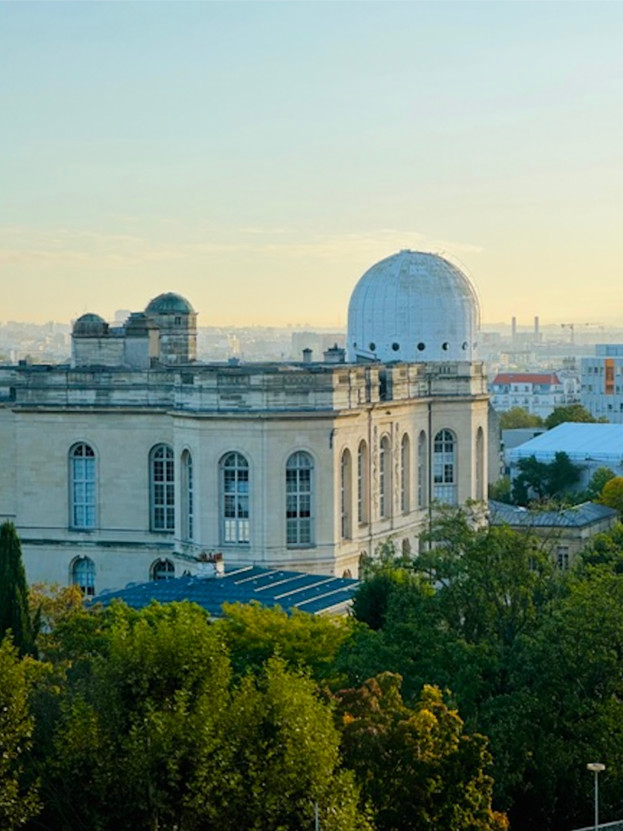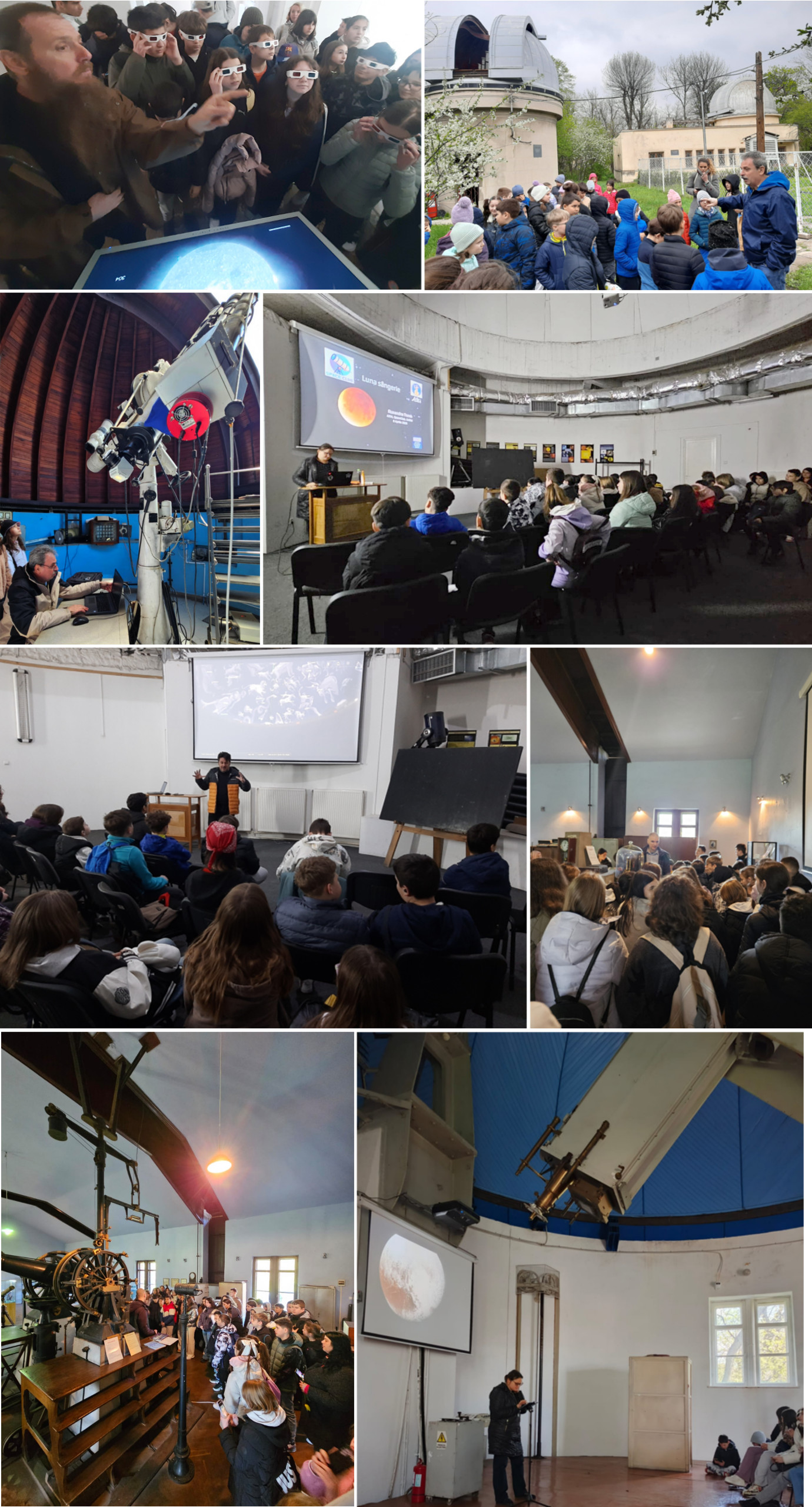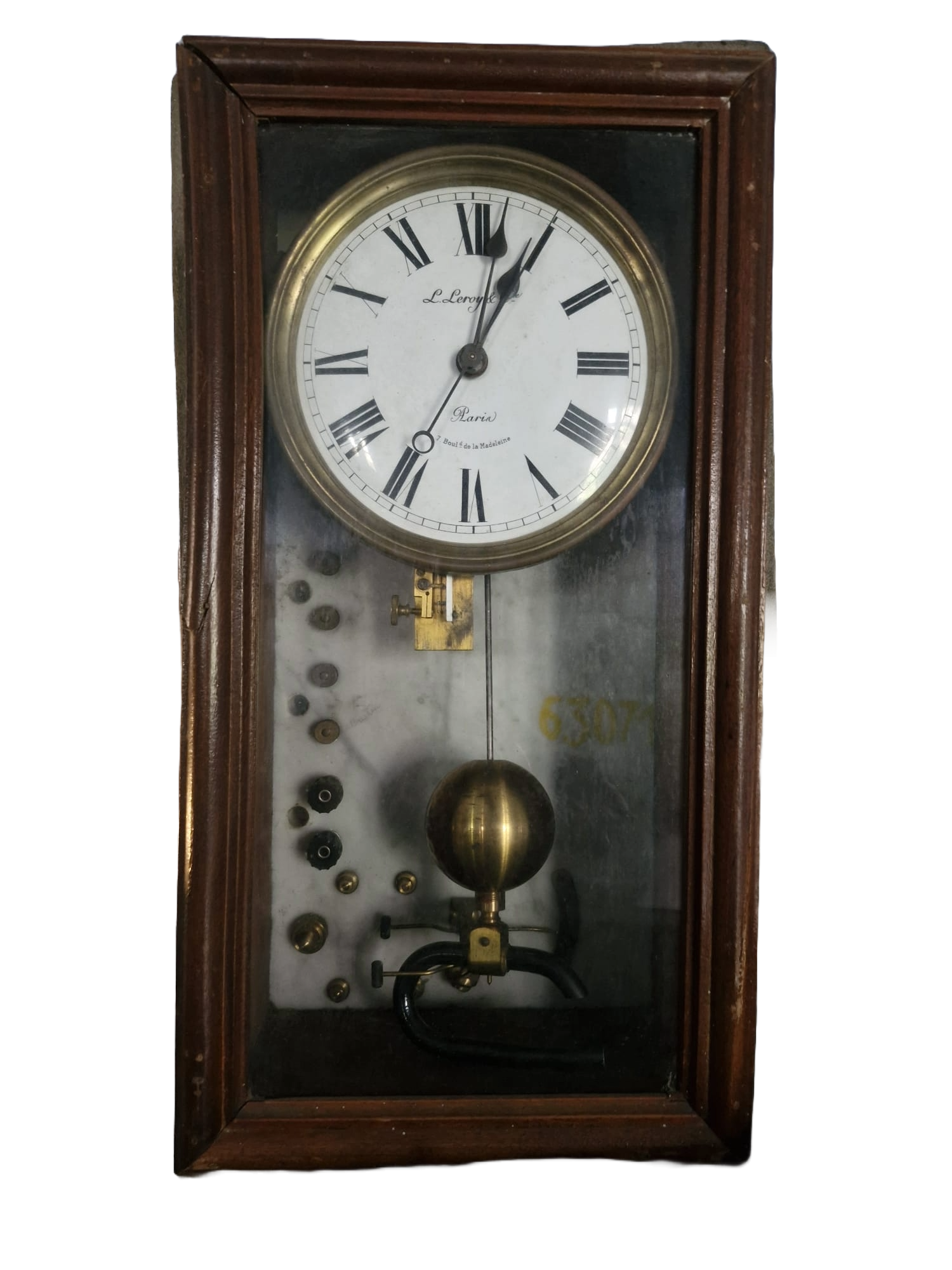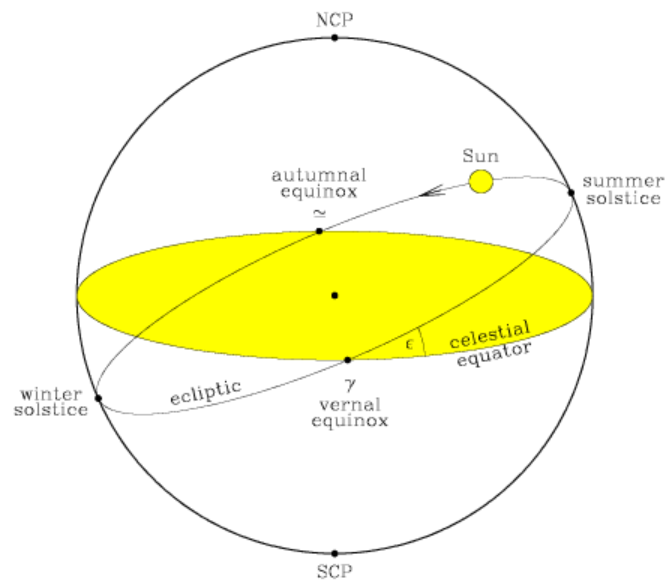A Romanian astronomer helps solve the mystery of water differences between meteorites and asteroids
Dr. Simon Anghel, a researcher at the Paris Observatory and the Astronomical Institute of the Romanian Academy, is part of a team of researchers who investigated why meteorites found on Earth contain significantly less water than the pristine samples brought back by space missions from asteroids like Bennu and Ryugu. Many researchers believe that asteroids like these, were important sources of water for early Earth.
Although astronomical observations indicate that most near-Earth asteroids should be carbonaceous, less than 4% of meteorites discovered on Earth are carbonaceous chondrites. For a long time, it was assumed that Earth's atmosphere acts as a filter, destroying these more fragile rocks during their incandescent entry as fireballs. However, research led by Dr. Patrick M. Shober (NASA, Paris Observatory), using data from several fireball observation networks (including the MOROI network, which covers Romania), suggests otherwise.
The study published in Nature Astronomy shows that thermal stress in space is the main reason.When these asteroids orbit close to the Sun, large temperature fluctuations cause them to crack and fragment before they reach our atmosphere. Thus, only the more resistant, and often 'drier', fragments survive the cosmic journey and atmospheric traversal to become meteorites. This natural selection occurring in space explains the observed discrepancy.
The published work can be found here: Nature Astronomy


”A Different Kind of School” and ”Green Week” at the Astronomical Institute of the Romanian Academy
In March and April 2025, the Astronomical Institute of the Romanian Academy participated in the national educational programs “A Different Kind of School” and “Green Week”, organizing a series of scientific and cultural activities for students and the general public, held in the Institute’s main visitor areas: the Meridian Hall, the Equatorial Dome, the Planetarium Hall, the Planetarium Hall Foyer, the Main Pavilion Foyer, the Sun Dome, and the round garden near the Bosianu Villa.
The several hundred children and adults who visited had the opportunity to explore Romania’s astronomical heritage and learn, through interactive methods, about the Universe and the role of scientific research. For example, an educational 3D video about the physics of the Sun - viewed with the help of anaglyph glasses, facilitated the understanding of the processes taking place in the solar atmosphere and how the Sun influences Earth.
The refracting telescopes and fundamental pendulums in the Meridian Hall, the 6-meter-long astrograph telescope in the Equatorial Dome, and the vast collection of thousands of astrophotographic plates made at the Astronomical Observatory in Bucharest illustrated Romania’s significant contribution to international scientific research.
In the Sun Dome, visitors discovered the Romanian daily solar patrol activity, through which sunspots and other phenomena related to our neighboring star’s activity are systematically monitored. Additionally, in the Planetarium Hall, a presentation using Stellarium software guided children among stars, constellations, planets, and comets in a digital simulation of the night sky.
The event also included a journey through the history of Bosianu Villa, with our young visitors walking in the footsteps of visionary Romanian patriots, and perhaps even of Alexandru Ioan Cuza himself, who, in 1859, held secret discussions within this building about the creation of a modern state called Romania.
Time zone change for 2025 - 30th of March 2025
Time Zone Change for 2025: Explanation and Astronomical Effects
A time zone change refers to the adjustment of the standard time observed by a country or region, either due to transitions to Daylight Saving Time (DST), legislative decisions to change time zones, or global adjustments in time measurement. In 2025, various locations worldwide may experience time zone changes due to government decisions, energy-saving policies, or synchronization with economic partners.
Causes of Time Zone Changes:
Astronomical Effects of Time Zone Changes:
On the last Sunday of March, specifically on March 30, 2025, at 03:00 AM, clocks will move forward to 04:00 AM. The return to standard civil time in Romania will occur on the last Sunday of October, when at 04:00 AM, clocks will be set back to 03:00 AM.


The spring equinox in the year 2025
The spring equinox in the year 2025 will occur on March 20 at 11:01:30.18 AM, Romanian Legal Time.
The Earth follows an orbit in space, which can be approximated as a great circle. The plane in which Earth's orbit lies is called the ecliptic plane. From Earth's perspective, it is equivalent to consider that the Sun follows the same orbit around a fixed Earth.
On the other hand, the Earth is tilted in space, so its rotational axis is not perpendicular to the plane of its orbit, meaning it is not perpendicular to the ecliptic plane. However, by definition, its rotational axis is perpendicular to the plane defined by the equator. This plane is called the celestial equatorial plane. The two planes—the ecliptic plane and the celestial equatorial plane—are therefore inclined relative to each other.
Thus, by definition, the moment of the equinox is the instant when the Sun is located at the specific point determined by the intersection of these two fundamental planes. In other words, during the equinoxes, the Sun is in the plane of the celestial equator. Since there is only one celestial equator (which divides the Earth in two and is perpendicular to its axis of rotation) and only one Sun, the moments of the equinoxes are unique, regardless of our location on Earth.
We define the dates of the equinoxes and solstices, which mark the beginning of the astronomical seasons, as the moments when the apparent planetocentric longitude of the Sun (including the effects of aberration and pole motion) is an exact multiple of 90°.
In the year 2025, the spring equinox will occur on March 20 at 9:01:30.18 AM Coordinated Universal Time (UTC). For Romania, this moment corresponds to March 20, 2025, at 11:01:30.18 AM Romanian Legal Time. The spring equinox for countries in the Northern Hemisphere corresponds to the autumn equinox in the Southern Hemisphere.